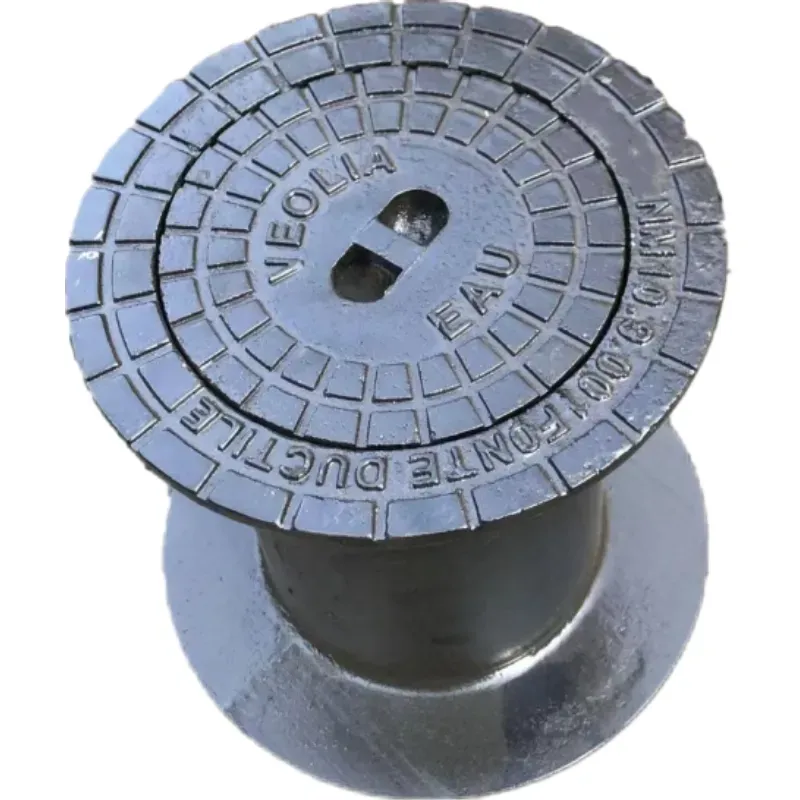iron manhole cover
The Intriguing World of Iron Manhole Covers
When you stroll down a bustling city street, your eyes are often drawn to the towering skyscrapers and vibrant storefronts. However, there’s a less conspicuous element beneath your feet that plays a crucial role in urban infrastructure the humble manhole cover. While they may seem mundane, these iron discs hold a fascinating story worth exploring.
Manhole covers have a primary and essential purpose they provide a secure covering for access to underground utilities, such as sewer systems, water lines, and electrical conduits. Typically made of cast iron, these covers are designed to endure heavy traffic loads and weathering from the elements. Their durability is a testament to the importance of maintaining a safe and functioning urban environment.
The design of manhole covers is not merely functional; it is an art form that varies from city to city. In fact, some cities have taken pride in the aesthetic aspects of their manhole covers, commissioning unique designs that reflect local culture and history. For example, in Tokyo, the covers often feature intricate patterns, landscapes, or even pop culture references. Similarly, in Paris, many manhole covers display the city’s emblem, showcasing the pride of the residents.
The Intriguing World of Iron Manhole Covers
However, the story of manhole covers does not end with their functional and aesthetic attributes. In recent years, they have become a point of interest in discussions on urban planning, accessibility, and sustainability. As cities grapple with challenges such as aging infrastructure and environmental impact, attention is turning to how such everyday elements can be improved or reimagined.
iron manhole cover

For instance, some urban designers have started to consider the materials used in producing manhole covers. While traditional cast iron has been the standard, there is a growing interest in more sustainable materials, such as recycled composites or even lightweight alternatives that reduce energy consumption during transportation and installation. Additionally, innovative designs that incorporate drains or permeable surfaces are being explored to help manage stormwater runoff.
In a more whimsical context, there is a growing subculture dedicated to the photography of manhole covers. Enthusiasts travel the world to capture the beauty of these often-overlooked urban artifacts, sharing their discoveries on social media platforms and specialized websites. This trend highlights how everyday items can spark joy and creativity, transforming the mundane into something beautiful.
Furthermore, manhole covers can serve as a canvas for social commentary and public art. Street artists have sometimes transformed drab surfaces into vibrant murals, utilizing the urban landscape to convey messages or provoke thought among passersby. This intersection of art and public space challenges our perceptions of what constitutes beauty and encourages a dialogue about the environment we inhabit.
The presence of manhole covers in our cities symbolizes the complex network of systems that support our daily lives. They remind us that even the most ordinary objects can reflect cultural identities, spark creativity, and provoke important discussions about our environment and infrastructure.
In conclusion, the humble iron manhole cover is far more than just a lid for underground utilities; it is a multifaceted element of urban life that intertwines functionality, aesthetics, and cultural expression. As cities evolve, so too will the story of these covers—inviting us to look closer and appreciate the rich tapestry of life that exists beneath our feet. Whether you choose to admire the craftsmanship or consider the underlying infrastructure, the next time you walk past a manhole cover, take a moment to appreciate its significance in the bustling urban landscape.
-
The Smarter Choice for Pedestrian AreasNewsJun.30,2025
-
The Gold Standard in Round Drain CoversNewsJun.30,2025
-
The Gold Standard in Manhole Cover SystemsNewsJun.30,2025
-
Superior Drainage Solutions with Premium Gully GratesNewsJun.30,2025
-
Superior Drainage Solutions for Global InfrastructureNewsJun.30,2025
-
Square Manhole Solutions for Modern InfrastructureNewsJun.30,2025
-
Premium Manhole Covers for Modern InfrastructureNewsJun.30,2025
